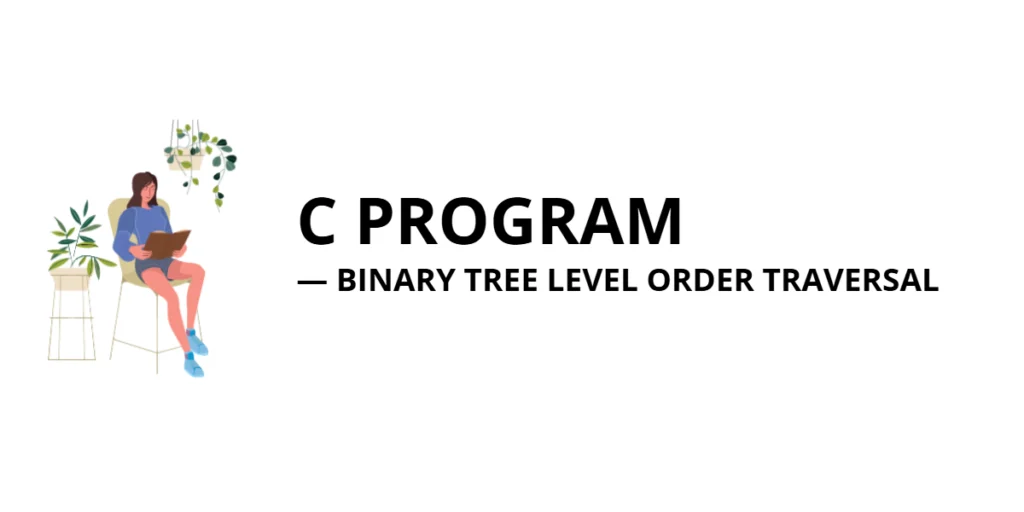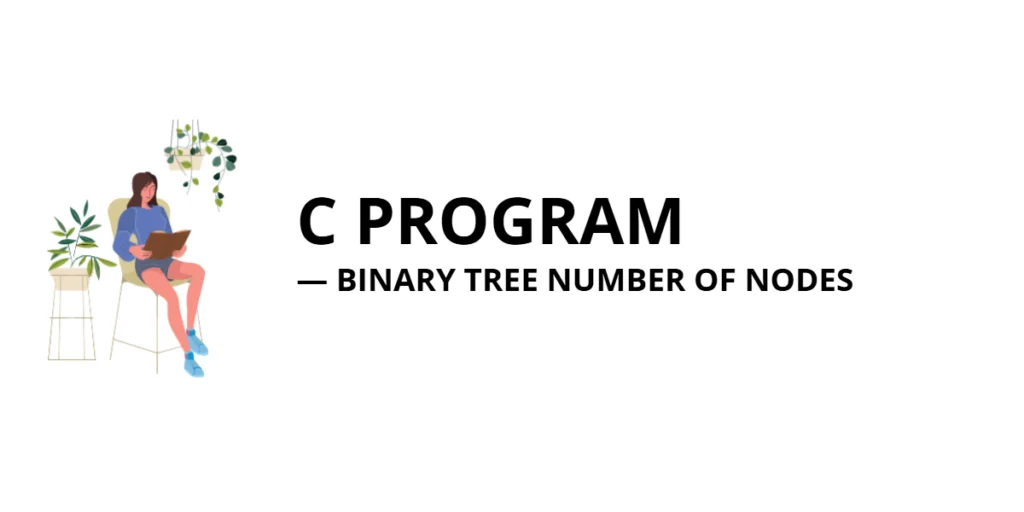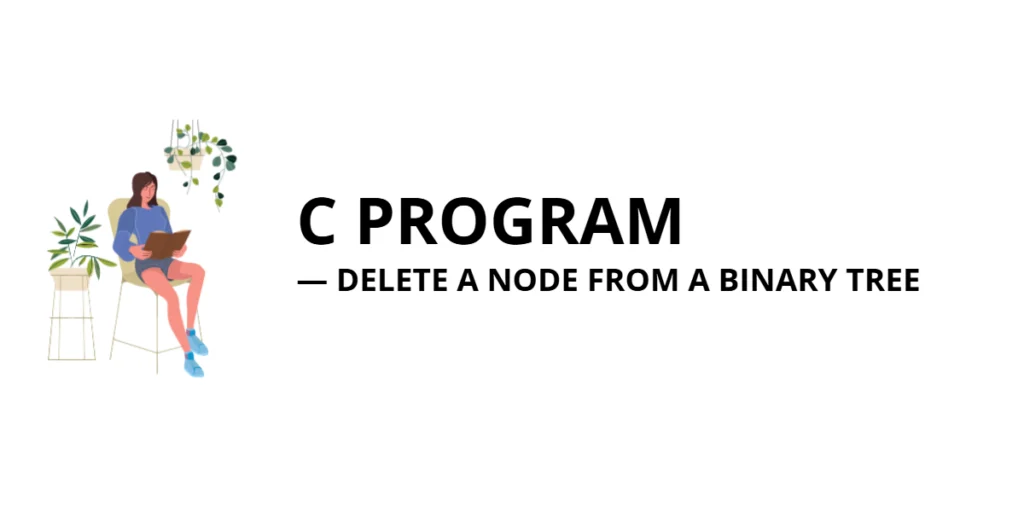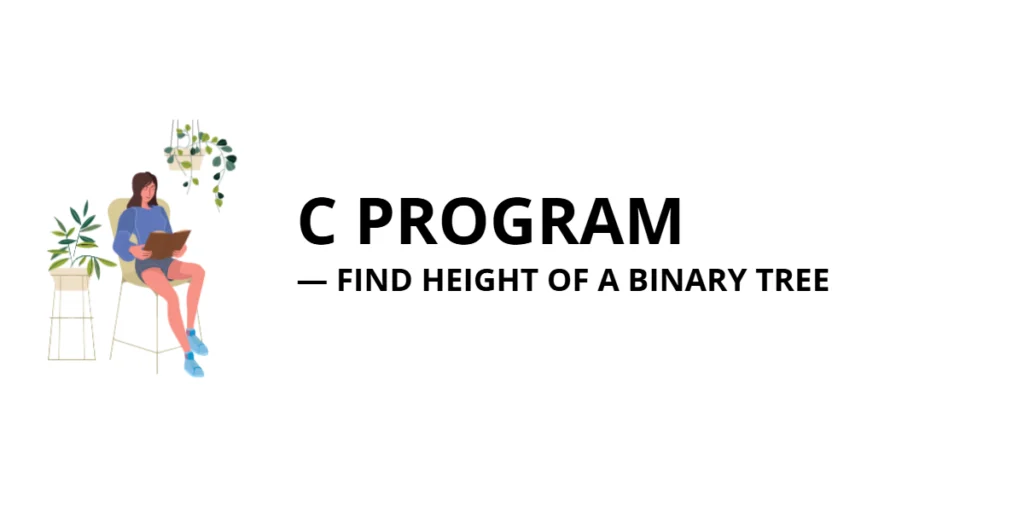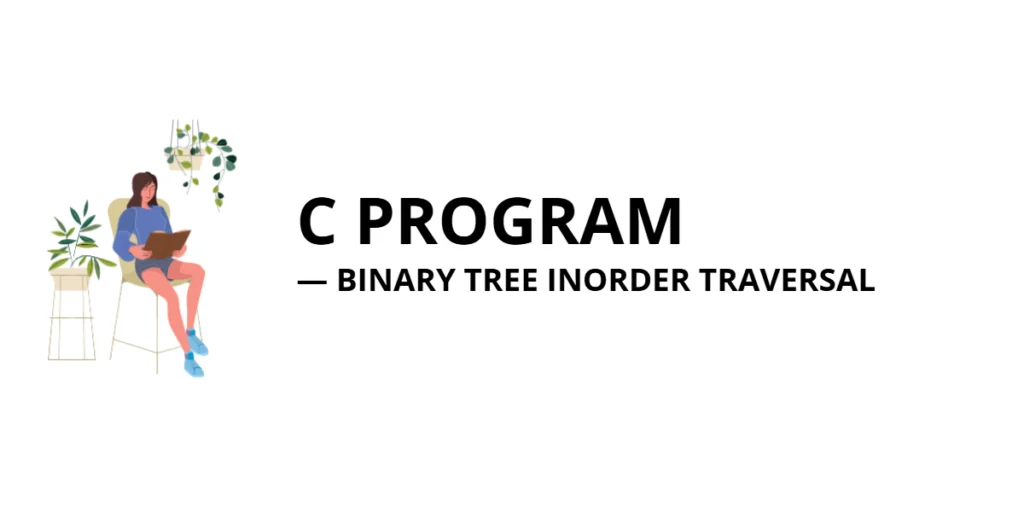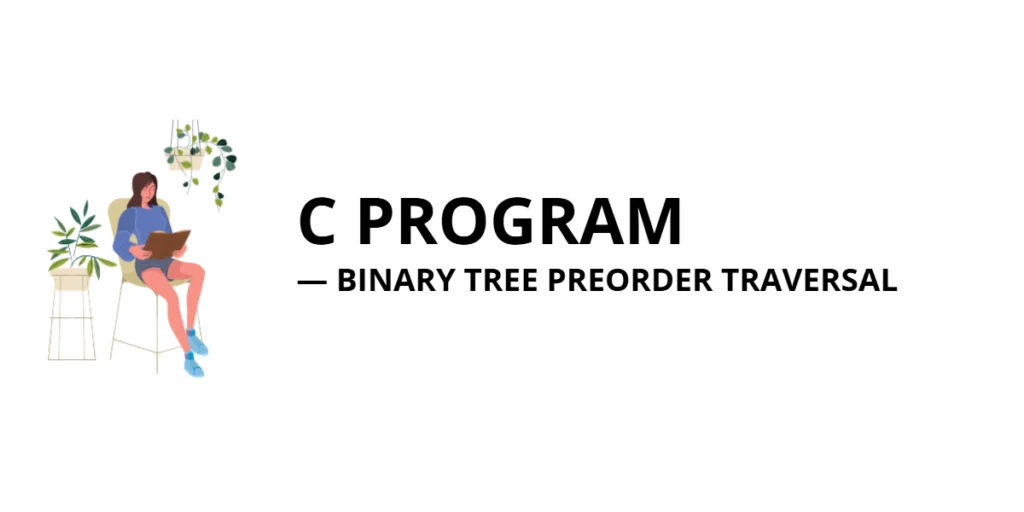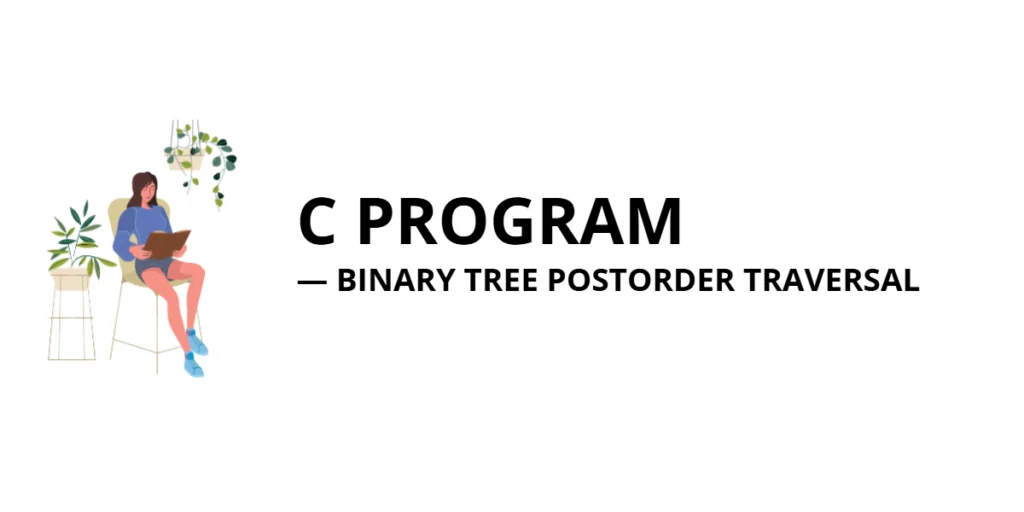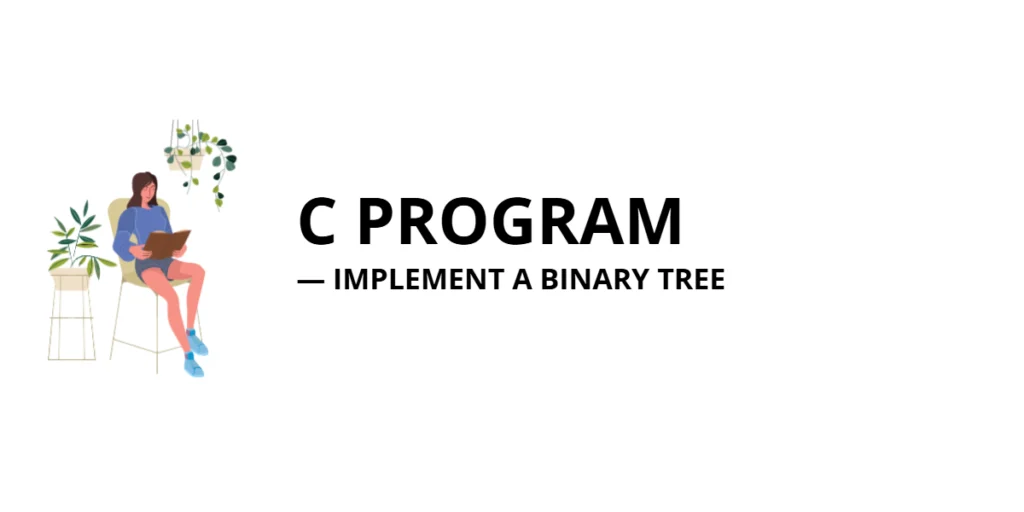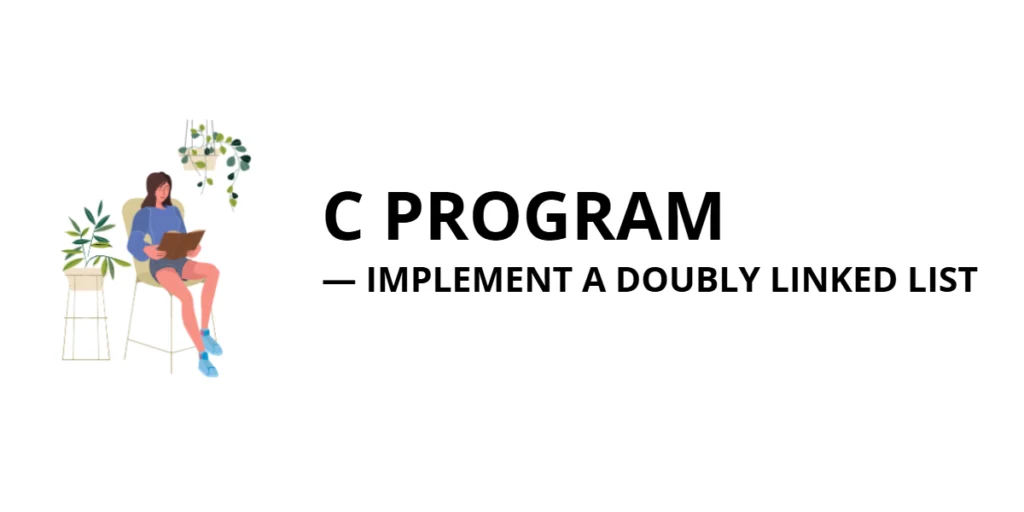C Program to Implement Level Order Traversal in a Binary Tree
Level order traversal is a method of visiting nodes in a binary tree level by level from top to bottom and from left to right. It uses a queue to keep track of nodes that need to be visited. This traversal is also called Breadth-First Traversal (BFS) because it explores each level fully before moving […]
C Program to Implement Level Order Traversal in a Binary Tree Read More »
